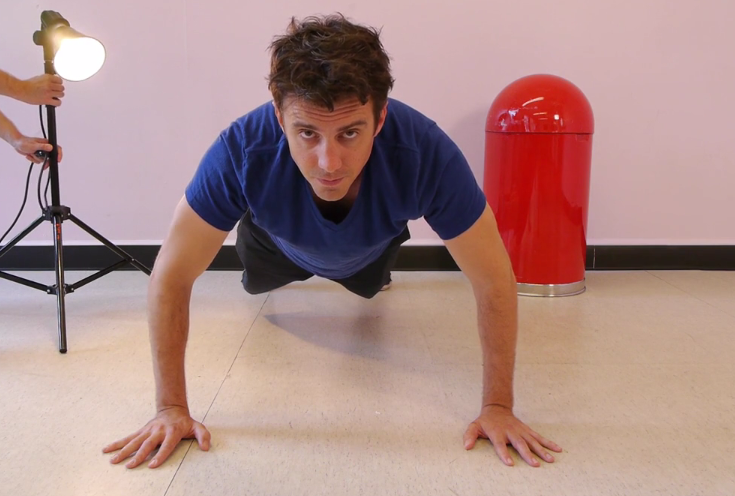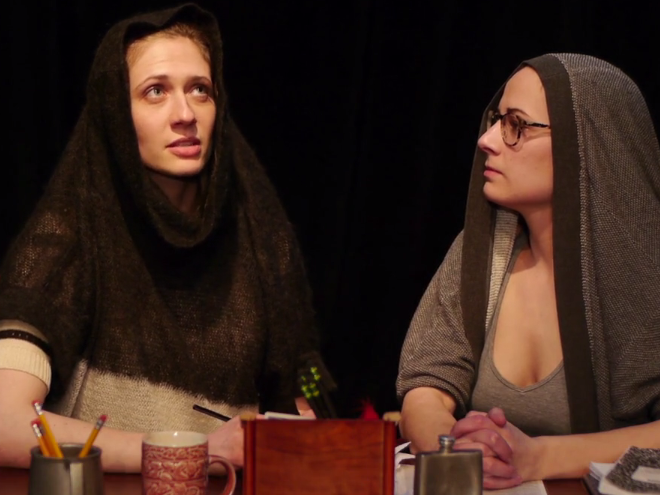Spotlight on tech!
Ah, tech week. Those final days before a show opens when everyone involved is trapped in the darkened theatre for hours upon hours upon hours. Those pivotal rehearsals when a play goes from a sketch in a rehearsal room, to a fully realized production with sound, lights, scenery, and costumes. Artists go into tech week as a bunch of disparate caterpillars and emerge as one glorious butterfly.
As you might guess, putting together the moving pieces that turn a play into a production can take quite a bit of time. In an attempt to move the process along as swiftly as possible, some tech rehearsals are run cue-to-cue, jumping from one technical cue to the next, skipping the dialogue in between.
A technical cue is a moment when something changes in the tech world of a show. It can be as dramatic as a blackout or as subtle as a bit of ambient noise. Every cue is programmed into a piece of hardware: a light board or a sound board, or sometimes just a computer. During the performance of a play, the stage manager sits in the booth and communicates with the people running the boards (affectionately called “board ops”) so they know when to hit “go” on each cue. Since everything from the preshow music to the lights coming up after the curtain call is a cue, just imagine the hundreds of cues involved in any given production!
A cue-to-cue is meant specifically to time and fine-tune all of these cues, putting lights and sound together with scenery and costumes for the first time. It differs from a dry tech because the performers are present, even if the acting takes a backseat. Sometimes it’s hard to imagine the final product during a cue-to-cue — the play is broken up into little slices, and sometimes you just run the same slice over and over again — but when it all comes together in the dress rehearsals and on opening night, all the careful timing and exhaustive rehearsing finally pays off.
—Rachel Carpman
This video was created by TDF and Lesser America.

